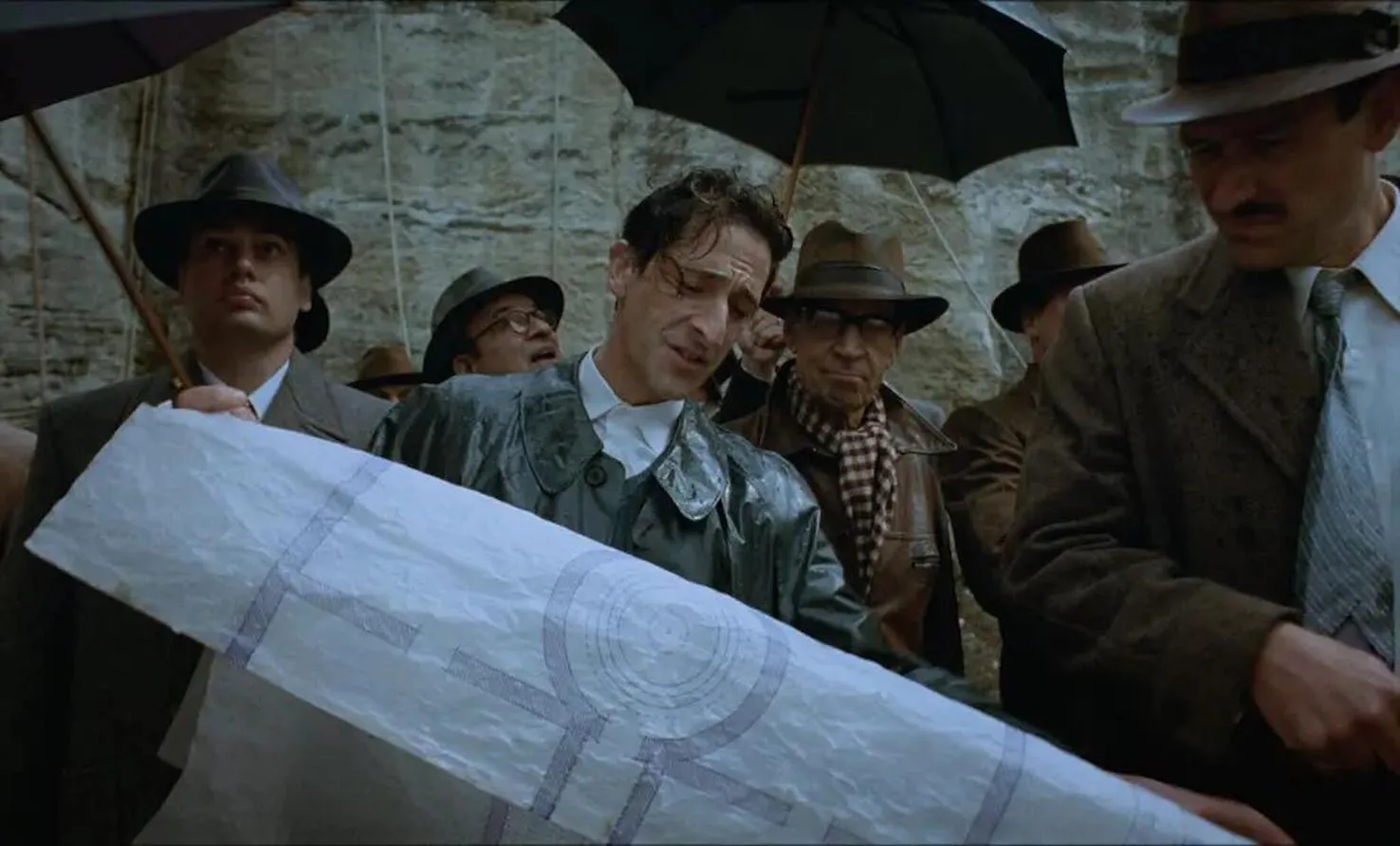Unveiling the Brutalist Revival: Why America Can’t Get Enough of This Bold Architectural Style
In the heart of America’s urban landscapes, a controversial architectural style is making a remarkable comeback. Brutalism, once dismissed as cold and unforgiving, is now capturing the imagination of architects, designers, and cultural enthusiasts alike. This bold architectural movement, characterized by its raw concrete surfaces and monumental geometric forms, is experiencing an unexpected renaissance that challenges traditional notions of beauty and design.
The Origins of a Misunderstood Aesthetic
Emerging in the mid-20th century, Brutalism was more than just an architectural style—it was a philosophical statement. Pioneered by legendary architects like Le Corbusier, the movement emphasized material honesty and functional design. The term “béton brut” (raw concrete) became the cornerstone of an architectural approach that stripped away unnecessary ornamentation, revealing the true essence of building materials.
Why Brutalism Matters Now
Several key factors are driving the current Brutalist revival:
- Environmental Consciousness: Preserving existing Brutalist structures can significantly reduce carbon emissions associated with new construction.
- Architectural Nostalgia: A growing appreciation for mid-century design aesthetics
- Material Authenticity: A renewed interest in honest, unadorned architectural expressions
“Brutalism is not about being brutal, it’s about being honest,” says architectural historian Dr. Emma Richardson. “These buildings tell a story of their time, revealing the raw truth of construction.”
Cultural Significance and Perception
Contrary to popular belief, Brutalist buildings are not merely concrete monoliths. They are complex architectural statements that interact dynamically with light, shadow, and surrounding environments. Iconic structures like the J. Edgar Hoover Building in Washington, D.C., and Boston City Hall have become symbols of a bold architectural era.
The Emotional Connection
Interestingly, many people who grew up around Brutalist architecture feel a deep nostalgic connection. What was once considered ugly is now being reexamined as provocative and historically significant.
Preservation and Future Prospects
The future of Brutalist architecture hangs in a delicate balance. Many structures face neglect and potential demolition, yet a passionate community of preservationists argues for their cultural and historical value. Recent exhibitions and publications have played a crucial role in shifting public perception.
Challenges and Opportunities
Maintaining these concrete giants presents unique challenges:
– High maintenance costs
– Adaptation to modern energy standards
– Changing urban development priorities
The Contemporary Revival
Modern architects are increasingly drawing inspiration from Brutalist principles. The style’s emphasis on functionality, material integrity, and bold geometric forms resonates with contemporary design philosophies.
Global and Local Impact
From academic campuses to cultural institutions, Brutalist-inspired designs are emerging across the United States, demonstrating the style’s enduring relevance.
A Philosophical Statement
Beyond aesthetics, Brutalism represents a powerful architectural philosophy. It challenges us to see beauty in raw materials, functionality, and uncompromising design.
The Ongoing Dialogue
The debate continues: Is Brutalism an architectural mistake or a misunderstood form of artistic expression? The answer, it seems, is increasingly leaning towards the latter.
Conclusion
As America rediscovers the power and poetry of Brutalist architecture, we are witnessing more than just a design trend. We are experiencing a profound reevaluation of architectural beauty, functionality, and historical significance.
The concrete giants are rising again, and this time, they’re here to stay.
Written by [Your Name]
Published on [Current Date]






Leave a Comment